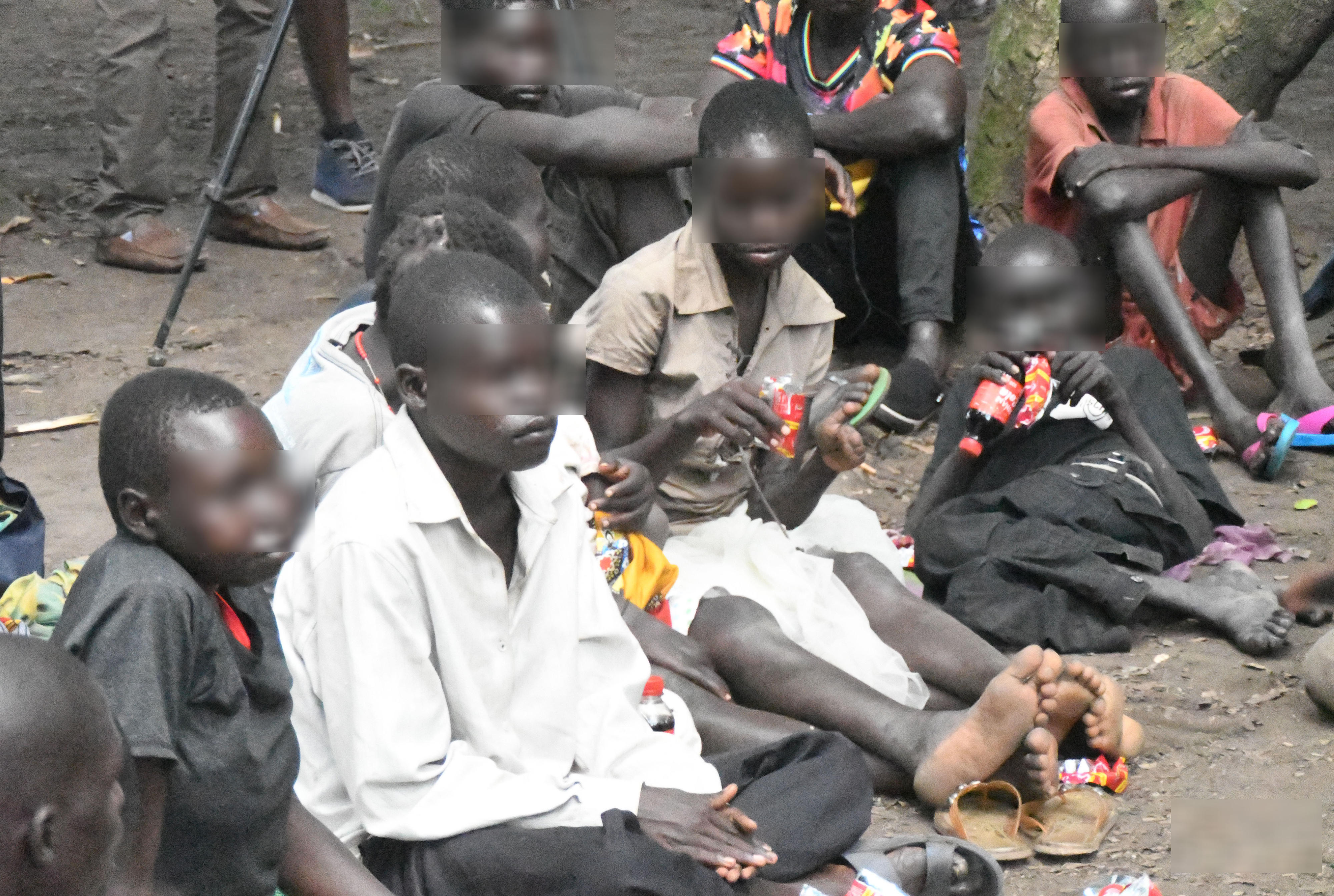Prime
Road carnage needs more attention, action

The author: Godfrey Mwesigye
What you need to know:
- The public ought to understand that regulating alcohol limits is meant to save lives by ensuring that people who are drunk do not drive.
More than 3,000 Ugandans die in road crashes every year. On a daily, Uganda loses approximately nine lives, according to previous Uganda Police Annual Crime reports.
In 2020, there were 12,249 road crashes and of these 3,269 were fatal. In 2019 there were 12,858 road crashes and of these 3,407 were fatalities. What is worrying is that the majority of these deaths happen to the young and productive population. Last year alone, 57 percent of the registered fatalities were persons below 35 years.
Given the severity of the problem and the risks associated with road transport, one wonders why road safety is not getting the attention it deserves yet everyone is a potential victim of a road crash.
The reasons for our predicament are known, and relate to five behavioural risk factors; drink driving, speeding, limited helmet use for the case of motorcyclists and their passengers, and limited use of seat belts and child restraints.
Over speeding and drink driving are factors that contribute greatly to road traffic injuries.
A 2019 study by Makerere School of Public Health on the pre-injury alcohol use and road traffic injury among patients at Mulago hospital in Kampala, indicates that 29.7 percent of the respondents had used alcohol before the road traffic injury event and their Blood Alcohol Content (BAC) was 0.05mg/100ml and above.
According to the World Health Organisation (WHO), the faster a vehicle is moving, the more likely it is to be involved in a crash. Every one kilometre per hour increase in speed results in a three percent increase in crashes resulting in an injury, and a four to five increase in fatal crashes.
Non-use and improper use of seatbelts increases the severity of the road traffic injuries in case the motor vehicle is involved in a road crash. This is the same with non-use of child restraints for the child passengers.
Child restraints are supposed to be used for child passengers and in the back seats to ensure that they are safe while in motor vehicles. Usage of helmets for both motorcyclists and passengers cannot be over emphasized. In the Kampala metropolitan, motorcycles are used by many passengers especially in the rash hours to beat traffic jam.
Motorcyclists contribute to more than 31 percent of the road fatalities in Uganda but helmets help to minimise the severity of head injuries in case of a crash.
In 2020, Parliament passed the Traffic and Road Safety (Amendment 2020) Act of 1998 to promote road safety. The Ministry of Works and Transport is revising the regulations to guide its implementation. The required speed limit for highly built up urban areas, crowded places such as markets, highways and school zones should be reduced to 30km/h from the current 50km/h to ensure that pedestrians in such places can use the roads safely.
The regulation on alcohol limits should have the BAC reduced from the current 0.08mg/100ml to 0.05mg/100ml for the general population, 0.02mg/100ml for young and novice drivers and commercial drivers. This is because alcohol consumption alters the functioning of the body and results in sight impairment, poor judgment, increased reaction time, lowered vigilance and decreased ability to see well.
These effects escalate the likelihood of involvement in a road traffic crash.
Reducing the BAC is a good practice that has been adopted in several countries in the world and is highly recommended by WHO.
The public ought to understand that regulating alcohol limits is meant to save lives by ensuring that people who are drunk do not drive. This is for the safety of all road users but not necessarily stopping people from consuming alcohol. Of course, consumption of alcohol has many other health challenges but that can be a discussion for another day.
Furthermore, the regulations have to make the use of helmets among riders and passengers on motorcycles mandatory. This should also apply for the use of seatbelts and child restraints in the motor vehicles. More importantly, helmets, seatbelts and child restraints allowed in the country must meet the global standards so that they function effectively.
Effective implementation of the regulations is also paramount and this calls for collective action from all stakeholders. These include the Ministry of Works and Transport, the Traffic Police, the private sector involved in transport.
Godfrey Mwesigye is a Researcher at the Centre for Policy Analysis. [email protected]




